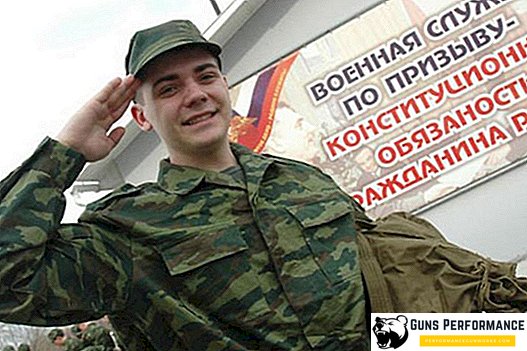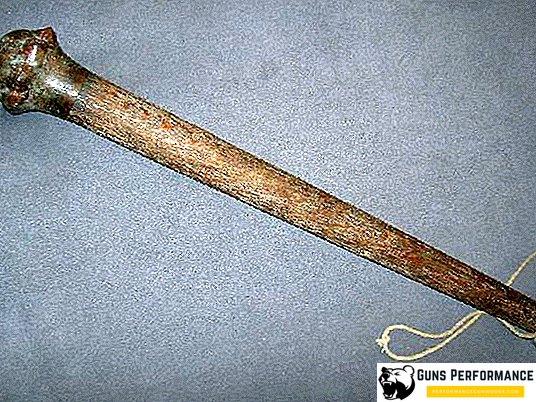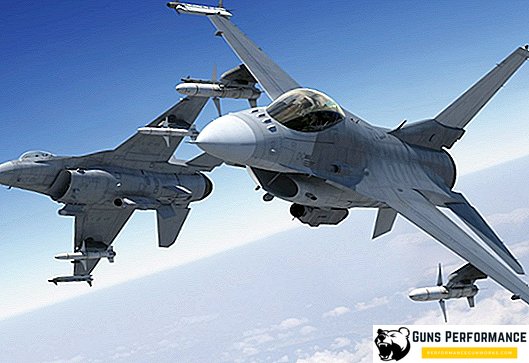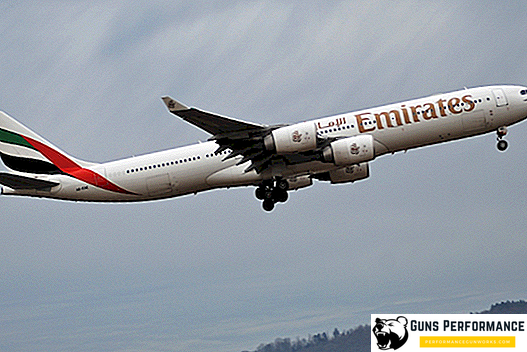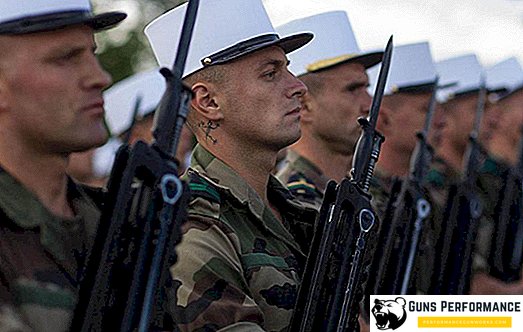TASS news agency announced the plans of the company KAMAZ to invest 400 million rubles in the development of an unmanned technology for managing freight vehicles. According to sources, the organization makes an investment from its own budget, but government industries will also contribute to the development.
Within the framework of several presidential companies, a team will be formed responsible for the creation and promotion of the unmanned cargo transport market in Russia. It will include experts from various large companies and government agencies.
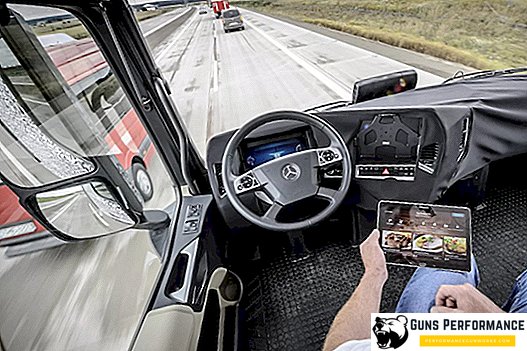
At the beginning of the year, the general director of KamAZ talked about planned investments in this technology in the amount of 7 billion rubles. Half will come from the state budget, another half will be paid by Russian auto manufacturers. In early February of this year, it was reported that Volgabus received 200 million rubles from the federal budget for the development of unmanned buses.
In the second half of 2018, KamAZ presented its first prototype of an unmanned truck to the world. An international company also participated in its development. Kamsk is planning to start mass production of this product in 2022.
What is unmanned technology?
Unmanned technology is artificial intelligence, devoid of human qualities, which often cause accidents on the roads. The probability of violation of traffic rules in AI is zero, since it works according to strictly prescribed algorithms. Minimizing the human factor on the road will reduce the number of accidents by 90%.
The technology is based on a passive model. The basis of computer vision is the human, instead of the eyes are used modern video cameras. In our country, this model works in tandem with the active model, which is used by many foreign companies - for example, Google Car.
The technology of unmanned vehicle control is adapted to the conditions of our country. If in other countries it is built on the basis of management along ideal roads, where there are no holes, bumps, good marking, then our model takes into account all the flaws and learns to drive vehicles in conditions of poor road surface. For this, an extensive algorithm is being developed that will learn how to navigate on the road without marking, be able to go around pits, hummocks, and more.
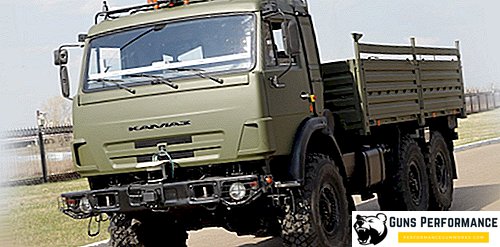
Russian technology uses the following modules:
- High-quality image processing. The picture from the camera adapts in any weather conditions and in any light;
- C-Pilot learns to recognize various objects on the road, collecting a huge array of information. Every day he more clearly recognizes moving and non-moving objects on the road;
- Object tracking is carried out on the basis of Bayesian filters and optical flow. This approach allows you to combine many road frames into a single picture of the video stream;
- For ensuring the stable movement the foveal movement is used. Video cameras are not fixed on the whole image, but only determine the channel in front of the transport, which carries the maximum risks when driving (other participants of the movement, pedestrians, etc.);
- The fast operation of the algorithms is provided by the use of neural networks. They predetermine the architecture of the area and all objects that are in the path of the car;
- Stereoscopic vision is determined by objects that are constantly changing shape, are above or below the road (for example, the reflection of headlights on a wet road surface);
- To provide a clear definition of the traffic situation, a powerful camera is required to quickly capture an image. Cognitive Pilot technology uses a 2 megapixel camera that captures the image as Full HD in 45 milliseconds;
- In addition to the video review, a large number of different types of sensors are used. They allow the autopilot to see the entire 360-degree road environment in multi-sensory perception;
- Bird Eye technology determines the position of vehicles on the road with decimeter accuracy. In addition, this technology remembers fixed objects (buildings, traffic lights, etc.) on the basis of previously obtained data as a result of driving;
- For geographic orientation, Openstreetmaps maps are used;
- To ensure the optimal trajectory of movement (taking into account various interference objects), a separate technology and algorithm are used;
- A separate module "Driver" manages all mechanical devices transport. He is responsible for turning the steering wheel to the desired number of degrees, slows down and adds gas in necessary situations.
Such an extensive approach ensures high-quality operation of the unmanned technology. Now she is in the development stage, artificial intelligence is being taught how to behave on the road and how to interact with other vehicles.
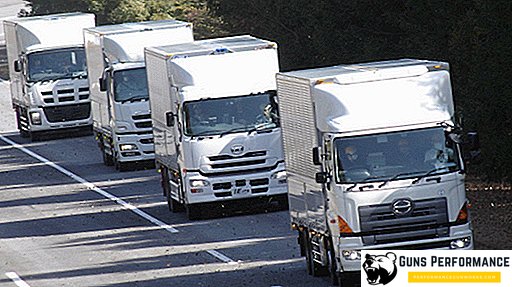
The history of the development of unmanned technology
The first attempts to create autonomous vehicles were undertaken in the 20th century. In the archives of the publication The New York Time you can find news on the request of autonomous cars, dating back to the 80s of the last century.
The first attempts to create an unmanned technology were made in 1916, when they created the first radio-controlled drone. All developments of that time were used for military purposes. In the First World War, air torpedoes and self-propelled mines were used.
Until the middle of the last century, such developments were experimental. They were based on radio control, so it did not do without human participation. Slowly, cars and drones became truly automatic.
In 1961, a student from Stanford University created a self-driving cart. She worked through the signal transmitted from the cable. In the 70s, scientist John McCarthy equipped the prototype with technical vision. Thanks to him, the cart learned to move in automatic mode. The white line was its reference point. She also received the first cameras, a range finder and several channels to collect information. At the same time, John McCarthy attempted to develop a three-dimensional mapping environment.
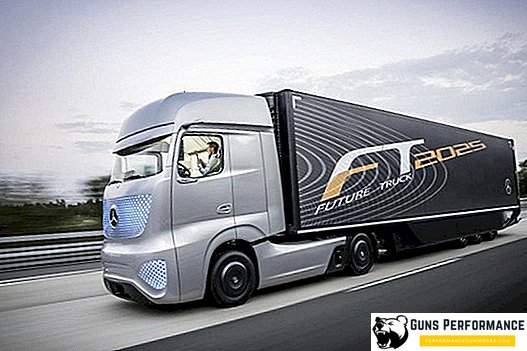
After this experiment, engineers tried to develop exactly unmanned vehicles, and not models based on radio control systems. The greatest success was achieved by scientists from the USA, Japan and Germany. In 1980, a team of scientists led by Ernst Dickmans created the first machine that moved fully automatically.
Later Ernst Dickmans wrote several scientific papers in which he described every detail of his project. The work of the German autonomous car was based on the Kalman filter, parallel computing mechanisms and imitation of the saccadic eye movement. This system is able to assess the environment.
From 1987 to 1995, work was carried out on the project "Prometheus". The total investment was one billion dollars. It was based on the Dickmans system. In 1994, they conducted the first full-fledged test on public roads: Mercedes drove along the roads of Paris at a speed of up to 130 km / h, maneuvered between traffic lanes and overtook other cars.
In the second half of the 90s, there was a breakthrough in the development of unmanned technology. This was facilitated by the development of artificial intelligence, neural networks and machine learning. In 2004, the first autonomous car competition took place. In 2010, Google conducted the first practical test of its self-driving car on public roads. Now the development of automatic cars are engaged in all major automakers: Audi, BMW, Tesla and many others.
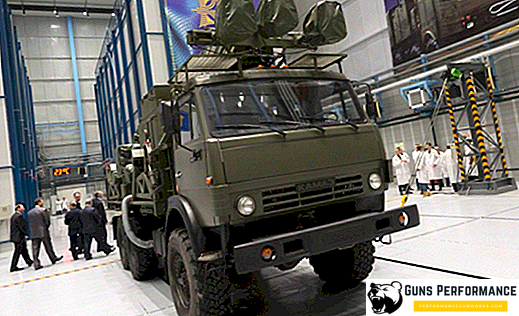
What can be concluded?
The technologies on the basis of which modern autonomous cars operate have been created in the last century. But for high-quality work, they require a lot of improvements, the main of which is to learn how to process a large amount of information, on the basis of which AI can navigate in traffic. Over time, scientists will refine the technology, and it will enter our daily life as quickly as smartphones once did.


